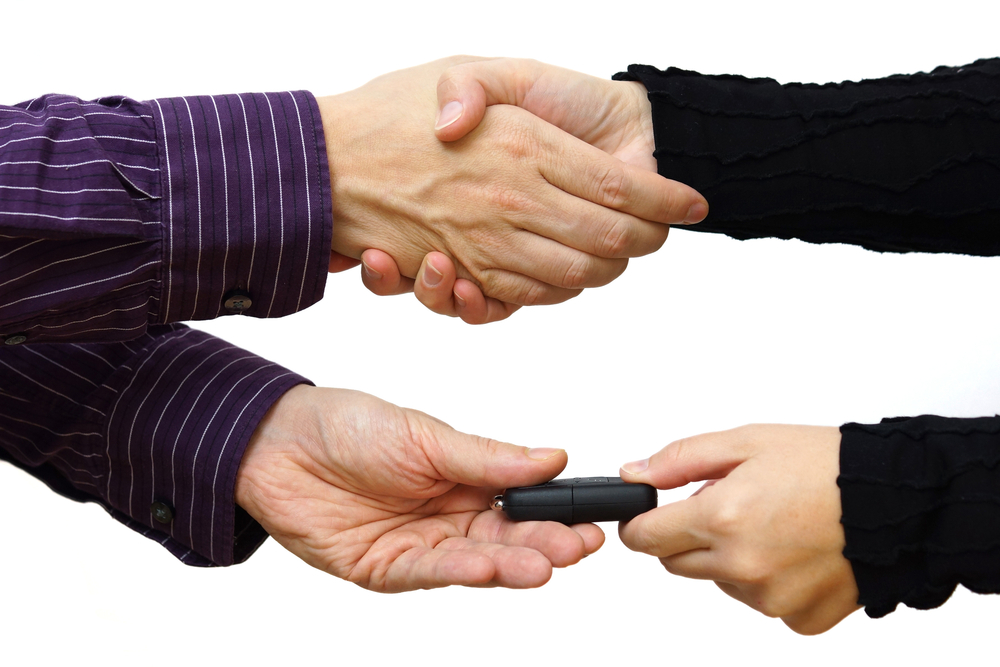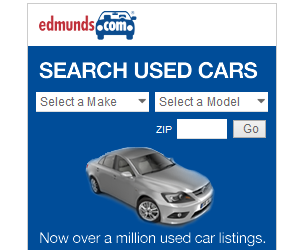6 things you must know before selling your car on Facebook marketplace
Valerie Raskovic
Feb 13, 2024
Before venturing into selling your car on Facebook Marketplace there are five essential considerations to ensure a smooth and successful transaction. From creating an appealing listing to navigating negotiations, understanding these key factors will empower you throughout the selling process.
Step 1.
Get your car sale worthy
Before listing the vehicle for sale be sure to address minor cosmetic issues, mechanical issues and make sure the vehicle will pass the state mandatory inspections when applicable.
Also, it is absolutely vital to meticulously wash and detail the vehicle to ensure there is no dirt on the paint and no clutter in the interior. This step is especially important as the car must be clean before you begin taking photos. The appearance and cleanliness of the vehicle in the photos can determine whether the transaction is swift and straightforward or a prolonged process with fewer prospective buyers. As most car dealers know “pictures sell the car” so, DO NOT SKIP THIS STEP.
Step 2.
Take Good Photos
If possible, use a good camera or a modern smartphone with a high-quality camera. Clear, high-resolution photos make your listing more professional and more appealing to potential buyers.
Once your car is fully cleaned and detailed you are now ready to take pictures. Select a well-lit location for your photo shoot. Natural light is ideal, so consider taking pictures during the day but be sure you are not taking away from direct sunlight. A clean driveway or an open parking space works well. Capture a minimum of 25 photos. While Facebook Marketplace may permit only 10 photos, having more options enables you to choose the best images for your car sale listing.
Take a series of exterior shots from different angles, including front, back and sides. In addition to taking wide full car photos zoom in on key areas, such as the front grille, wheels and headlights. Highlight any special features or unique aspects of the car. It may also help to point out any possible imperfections in the images as it will help in building trust resulting a smoother and faster transaction.
Open the doors and photograph the interior from various angles. Capture shots of the dashboard, seats and any special features. Also, take photos of the vehicles gauge cluster while the vehicle ingestion is in the “On” position while parked. Make sure to include a photo of the odometer displaying the current mileage. If your car has special or desirable features, like a sunroof or a manual transmission, make sure to include photos showcasing these features.
If possible, include photos of maintenance records or service history. Be sure to obscure any personally identifying information such as name and address from any of the service documents. This reassures buyers about the car's care and upkeep.
Open the hood and take a clear photo of the engine. A clean and leak free engine bay demonstrates that the car has been properly maintained.
By investing time and effort into taking appealing and informative photos, you increase the chances of attracting serious buyers and facilitating a smoother selling process.
Step 3.
Create your Marketplace car sale listing.
Listing a car on Facebook Marketplace is a straightforward process that can help you reach a wide audience of potential buyers.
- Login and navigate to Facebook Marketplace:
Once you are logged into your Facebook account, find the Marketplace icon (it looks like a storefront) in the left sidebar on desktop or at the bottom of the app on mobile. Click on it.
- Create a New Listing:
Once you're in Marketplace, look for the "Sell Something" or "Create New Listing" option. This is where you'll begin the process of listing your car.
- Select "Vehicle for Sale":
Choose the "Vehicle for Sale" option. Facebook Marketplace will guide you through a series of prompts to gather information about your car.
- Enter Vehicle Details:
Fill in the required details about your car, including the make, model, year, mileage, condition and other relevant information. Take your time with this process; it's crucial to include as much information about the vehicle as possible. This not only helps filter out certain potential buyers without direct interaction but also decreases the number of unnecessary question messages about the vehicle's condition and details. Use the description section to highlight key features, recent maintenance or upgrades and any unique selling points. The more information you provide, the more appealing your listing becomes. Select the top 10 images and upload them to the listing. Clear images from different angles help potential buyers get a better understanding of your vehicle's condition.
- Set a Fair Price:
Determine a reasonable and competitive price for your car. Research similar models on Facebook Marketplace or other platforms to gauge the market value. Reference cars with similar mileage of the same year and trim options when possible. Furthermore, you can refer to the KBB used car value to establish a fair price for your vehicle. However, if you are selling a rare or collectible car, KBB may not always provide highly accurate values, given the limited number of transactions available for determining an average price. In such cases, additional research on your part would be necessary.
- Choose Your Listing Visibility Settings:
In order to get maximum exposure, it is highly suggested that you make the listing available to the public.
- Review and Publish:
Review all the information you've entered, including the photos, and make sure everything is accurate. Once satisfied, click on the "Publish" or "List" button to make your car listing live on Facebook Marketplace.
Step 4.
Communicate with potential buyers
Keep an eye on your Facebook notifications and messages. Respond to inquiries from potential buyers promptly and be ready to provide additional information and schedule viewings or test drives.
Remember, transparency and clear communication are key when selling a car. Providing accurate details and promptly responding to inquiries will enhance your chances of a successful and prompt sale on Facebook Marketplace.
Prior to scheduling test drives be sure to screen the potential buyers Facebook account. Exercise caution when dealing with recently established Facebook accounts lacking significant connections or friends, as they might be fake accounts created by interested parties for potentially malicious purposes.
Step 5.
Test Drive
As mentioned above before agreeing to a test drive be sure to note the potential buyer's identification, including contact information and facial appearance. It is advisable that you take great caution or drive away if the individual who arrives to inspect the car does not match the person depicted on their Facebook profile.
Agree to meet in a familiar and safe location. Always accompany the potential buyer during the test drive. If you feel uncomfortable going on a test drive with a stranger alone it is advisable that you bring along a friend or a family member. This ensures the safety of both parties and the vehicle. Be open to answering questions and remain calm and professional throughout the test drive. Keep the atmosphere friendly and conducive to discussion.
Step 6.
Sale process
If the potential buyer is interested, be prepared to negotiate responsibly. Know the fair market value of your car to set a reasonable price. Ensure that you do not allow the potential buyer to negotiate the price below a point where you feel comfortable selling the car. You want to avoid the sale resulting in feelings of loss and regret. Be prepared to walk away from the deal.
Once you have agreed on the price with the buyer the next step is to receive payment. Make sure the payment is made through secure methods such as cash or an electronic funds transfer. Exercise caution with cashier’s checks and personal checks, as they could be forged. Refrain from accepting large sums of cash in insecure locations. The safest place for this transaction is at your local bank branch.
Have all relevant documents ready, including the title, maintenance records and a bill of sale. Do not provide the title document or sign the bill of sale before money is exchanged.
Once a price is agreed upon, complete all necessary paperwork. This includes the bill of sale, transfer of title and any other required documents according to your local regulations.
Issue a receipt for the transaction/bill of sale, clearly stating the terms of the sale and any conditions agreed upon during negotiation. Ensure the proper transfer of ownership by signing and submitting the necessary paperwork to the relevant authorities. Document the buyer's information and permit them to record yours. Certain states, like California, may necessitate details such as names and addresses, as this allocates the responsibility of notifying the DMV about the title transfer to the seller.
The final step is to cancel your car insurance and remove the vehicles plate. If you live in a state that does not require the vehicle plates to be removed or/and returned be sure to notify your local governing body of the transaction. This ensures that you are formally no longer the owner of the car eliminating any liability associated with the vehicle's use.
Read more articles

